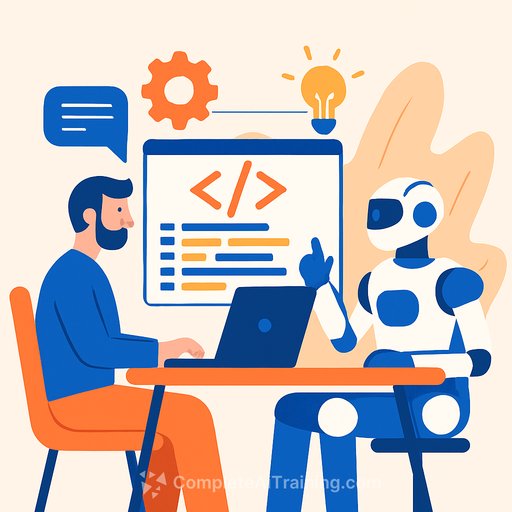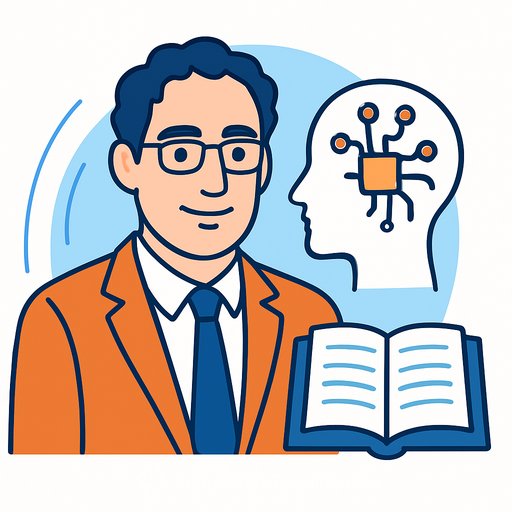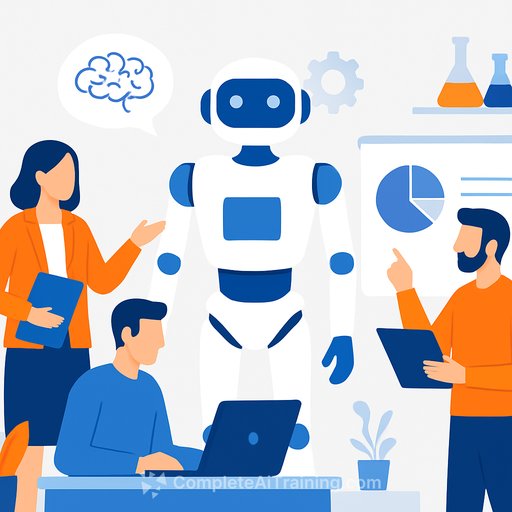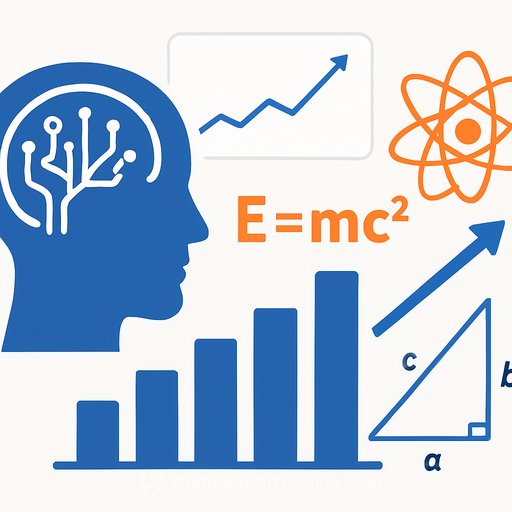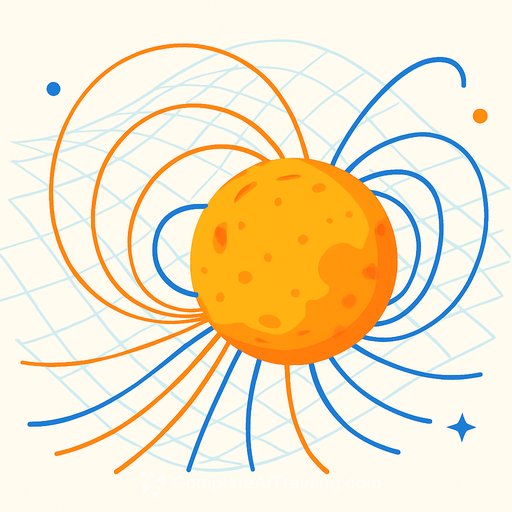Can AI Really Code? Mapping the Roadblocks to Autonomous Software Engineering
Envision a future where artificial intelligence takes over routine software development tasks: refactoring complex code, migrating legacy systems, and detecting race conditions. This would free human engineers to focus on architecture, design, and novel challenges that remain beyond AI’s reach.
Recent progress in AI-driven coding tools suggests this future is within sight. However, a new study from MIT’s Computer Science and Artificial Intelligence Laboratory (CSAIL) and its collaborators highlights significant current challenges. The paper, “Challenges and Paths Towards AI for Software Engineering,” outlines the broad scope of software engineering beyond mere code generation, identifies key bottlenecks, and proposes research directions to automate the routine work effectively.
Beyond Simple Code Generation
Popular narratives often reduce software engineering to writing small functions from a specification or solving programming puzzles. But real-world software engineering is much broader.
- It includes continuous refactoring to improve design.
- Massive migrations, such as shifting millions of lines from COBOL to Java, reshape entire businesses.
- Thorough testing and analysis—using methods like fuzzing and property-based testing—are needed to catch concurrency bugs or patch critical vulnerabilities.
- Ongoing maintenance tasks, such as documenting legacy code, summarizing change histories, and reviewing pull requests for style, performance, and security, demand constant attention.
Industry-scale code optimization, like tuning GPU kernels or refining complex engines such as Chrome’s V8, remains particularly hard to automate and evaluate.
The Challenge of Measuring Progress
Current benchmarks focus on short, self-contained problems or multiple-choice tests, which don’t fully represent the complexity of professional software engineering.
The widely used SWE-Bench asks AI to patch GitHub issues, but these tasks involve only a few hundred lines of code and risk leaking data from public repositories. They also ignore contexts like AI-assisted refactoring, human–AI collaboration, or performance-critical rewrites spanning millions of lines.
Until benchmarks evolve to cover these higher-stakes scenarios, measuring and accelerating AI’s true progress in software engineering will remain difficult.
Human-Machine Communication: More Than Just Code Output
Effective interaction between developers and AI remains limited. AI systems typically generate large, unstructured code files along with superficial unit tests. They lack mechanisms to communicate confidence levels or uncertainties about the generated code.
This gap means developers risk blindly trusting plausible but incorrect code that compiles yet fails in production. A more transparent dialogue is needed, where AI can flag uncertain sections or ask for human clarification.
Additionally, AI tools currently struggle to integrate seamlessly with the wider suite of developer tools such as debuggers and static analyzers, which are essential for precise control and deeper code understanding.
Scaling Issues with Large Codebases
Foundation models trained on public repositories face challenges adapting to proprietary codebases. Each company’s code is unique, with specific conventions, internal functions, and architectural patterns.
AI-generated code often “hallucinates”—producing plausible but incorrect content that violates internal standards or breaks continuous-integration pipelines.
Retrieval methods can also mislead AI models by returning code snippets that look similar syntactically but differ in function, impairing the model’s ability to write correct functions within a given context.
Community-Scale Efforts and Research Directions
There is no single solution to these challenges. The study calls for broad collaboration across the research community to:
- Gather richer data capturing the entire development process, including discarded code and refactoring histories.
- Develop shared evaluation suites measuring refactor quality, bug-fix durability, and migration correctness.
- Create transparent tools that expose AI uncertainty and allow human guidance instead of passive acceptance.
Incremental research advances tackling each challenge individually will feed into practical tools, gradually shifting AI from a simple autocomplete aid to a genuine engineering partner.
Why This Matters
Software supports critical sectors like finance, transportation, and healthcare. The effort required to build and maintain it safely is becoming a bottleneck.
An AI capable of handling routine and error-prone tasks without introducing hidden failures would enable human engineers to focus on creativity, strategy, and ethical considerations. The future depends on recognizing that code completion is just the starting point; the real challenge lies in all the surrounding tasks that make software engineering complex.
This perspective aligns with insights from AI scientists in the field, who appreciate clear frameworks identifying key challenges and promising research paths. For those interested in deepening their expertise in AI applications and software engineering, exploring advanced courses and resources can provide valuable guidance.
For further learning, explore comprehensive AI training resources available at Complete AI Training.
Your membership also unlocks:

